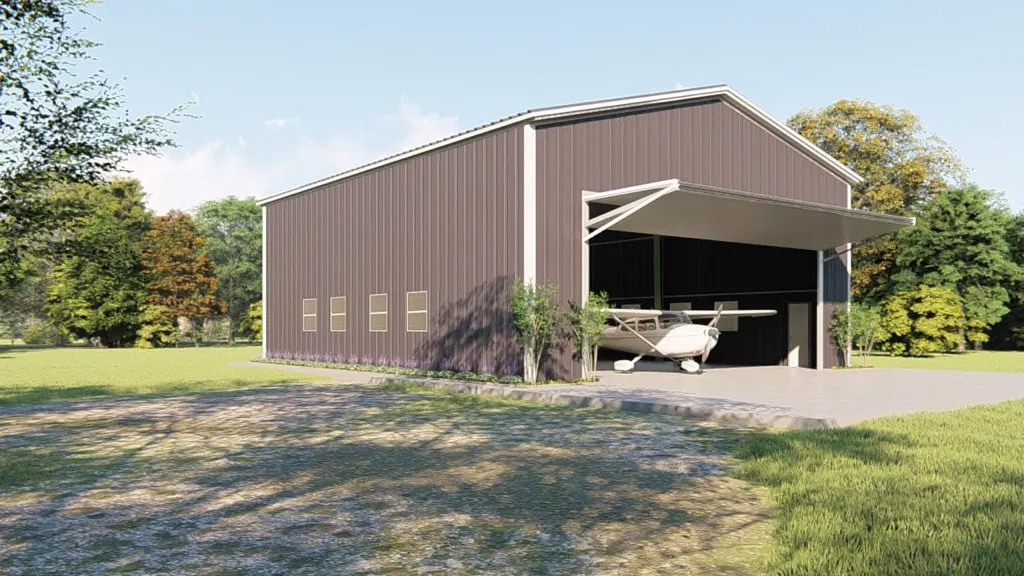- Afrikaans
- Albanian
- Amharic
- Arabic
- Armenian
- Azerbaijani
- Basque
- Belarusian
- Bengali
- Bosnian
- Bulgarian
- Catalan
- Cebuano
- Corsican
- Croatian
- Czech
- Danish
- Dutch
- English
- Esperanto
- Estonian
- Finnish
- French
- Frisian
- Galician
- Georgian
- German
- Greek
- Gujarati
- Haitian Creole
- hausa
- hawaiian
- Hebrew
- Hindi
- Miao
- Hungarian
- Icelandic
- igbo
- Indonesian
- irish
- Italian
- Japanese
- Javanese
- Kannada
- kazakh
- Khmer
- Rwandese
- Korean
- Kurdish
- Kyrgyz
- Lao
- Latin
- Latvian
- Lithuanian
- Luxembourgish
- Macedonian
- Malgashi
- Malay
- Malayalam
- Maltese
- Maori
- Marathi
- Mongolian
- Myanmar
- Nepali
- Norwegian
- Norwegian
- Occitan
- Pashto
- Persian
- Polish
- Portuguese
- Punjabi
- Romanian
- Russian
- Samoan
- Scottish Gaelic
- Serbian
- Sesotho
- Shona
- Sindhi
- Sinhala
- Slovak
- Slovenian
- Somali
- Spanish
- Sundanese
- Swahili
- Swedish
- Tagalog
- Tajik
- Tamil
- Tatar
- Telugu
- Thai
- Turkish
- Turkmen
- Ukrainian
- Urdu
- Uighur
- Uzbek
- Vietnamese
- Welsh
- Bantu
- Yiddish
- Yoruba
- Zulu
Dec . 15, 2024 17:22 Back to list
Steel Structure Design for Warehouses
The design of steel structures for warehouses is a critical aspect of modern industrial construction. Steel structures offer various advantages, including strength, durability, and flexibility, making them well-suited for storage and logistical operations. As businesses increasingly rely on efficient supply chains and optimized storage solutions, the demand for innovative and robust warehouse designs continues to grow.
Importance of Steel Structure in Warehouse Design
Steel is one of the most versatile construction materials available. Its high strength-to-weight ratio allows for large spans and open spaces, which is ideal for warehouse layouts that require unobstructed floor areas. This aspect is especially important for warehouses that need to accommodate racking systems for storing goods. By minimizing the number of columns, steel structures enable greater flexibility in layout changes, which is crucial for businesses adapting to evolving market conditions.
Moreover, the longevity and corrosion resistance of steel make it a cost-effective choice over the long term. When properly designed and maintained, steel warehouses can last for decades. Additionally, the ability to paint and finish steel elements enhances not only their longevity but also their aesthetic appeal.
Key Design Considerations
When designing a steel structure for a warehouse, several key factors must be taken into account
1. Load Capacity One of the first steps in the design process is determining the load requirements, including dead loads (the weight of the structure itself), live loads (the weight of stored items), and environmental loads (such as wind and snow). Accurate calculations ensure that the structure can safely support the intended loads.
2. Span and Column Placement The spacing of columns must be optimized to achieve the desired open space while maintaining structural integrity. Typically, longer spans with fewer columns allow for greater flexibility in space utilization.
warehouse steel structure design

3. Roof Design The design of the roof is crucial, as it must handle various loads while allowing for efficient drainage and possibly incorporating skylights or vents for natural lighting and ventilation. The choice of a pitched or flat roof impacts not only aesthetics but also the functionality of the building.
4. Insulation and Energy Efficiency Given the size of warehouses, energy efficiency is a significant consideration. Selecting appropriate insulation materials and designing the building envelope to reduce heat loss or gain can result in significant cost savings in heating and cooling.
5. Fire Resistance and Safety Compliance with local building codes is paramount, especially regarding fire safety. The design must incorporate materials and systems that meet fire resistance standards, and include fire suppression systems where necessary.
6. Sustainability As environmental regulations become more stringent, incorporating sustainable design practices is increasingly important. This can include using recycled steel, implementing energy-efficient systems, and considering the building’s lifecycle impact.
The Future of Steel Warehouse Structures
The future of steel structure design in warehouses is likely to be influenced by the ongoing advancements in technology. The integration of Building Information Modeling (BIM) allows for precise planning and visualization, facilitating better communication among stakeholders and reducing construction time and costs.
Emerging technologies like 3D printing and prefabrication are also starting to revolutionize warehouse design and construction, allowing for more customization and efficiency. Furthermore, the increasing focus on automation in warehouses necessitates designs that accommodate robotics and automated systems for inventory management.
In conclusion, steel structure design for warehouses presents a unique set of opportunities and challenges. By carefully considering factors such as load capacity, layout, insulation, and sustainability, engineers can create efficient, durable, and adaptable warehouse solutions. As industrial needs evolve, the role of steel in warehouse construction will remain central, ensuring operations are not only effective but also future-ready. The journey toward more streamlined and sustainable storage solutions continues, solidifying the importance of innovative steel structure design in the logistics and warehousing sector.
-
Cold Formed Steel Residential Framing
NewsMay.21,2025
-
Innovative Steel Structure Building Solutions
NewsMay.19,2025
-
Innovative Prefab Metal Shed Solutions
NewsMay.19,2025
-
Durable Steel Horse Shelter Solutions
NewsMay.19,2025
-
Durable Metal Shed Solutions
NewsMay.19,2025
-
Durable Big Metal Shed Solutions
NewsMay.19,2025
Products categories
Our Latest News
We have a professional design team and an excellent production and construction team.












